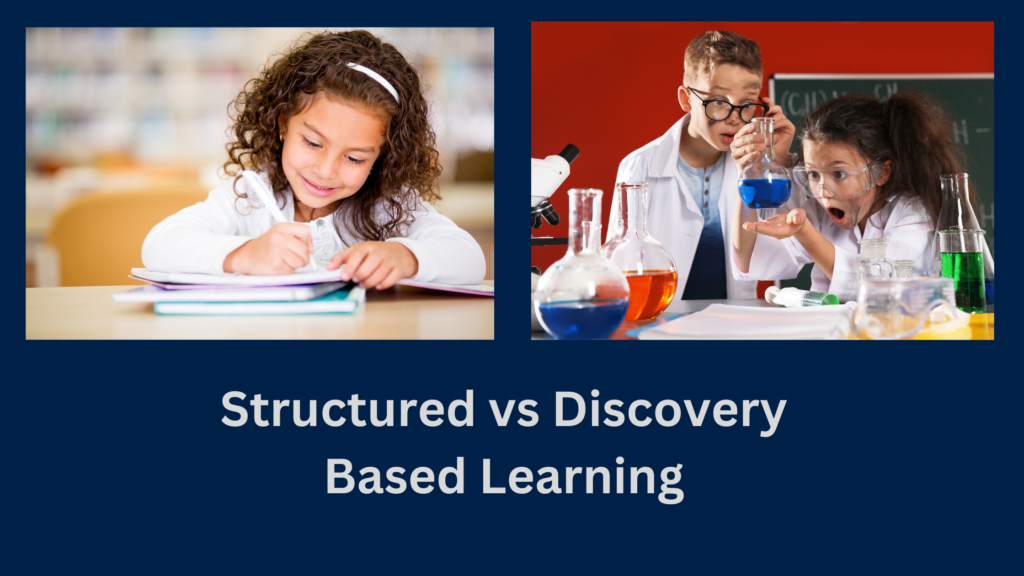In today’s dynamic globalized education landscape, international schools play a vital role in shaping the academic journeys of students from diverse cultural and familial backgrounds. One of the most significant pedagogical choices these schools make is selecting their approach to learning: Discovery-Based Learning vs. Structured Learning in International Schools. Each method offers unique advantages and aligns with different family values, educational priorities, and aspirations.
This blog explores the two approaches and how they meet the varying requirements of families seeking a global education for their children.
What is Discovery-Based Learning in International Schools?
Discovery-Based Learning (DBL) focuses on student-driven exploration, creativity, and problem-solving. Rooted in the idea that students learn best when they uncover knowledge for themselves, this approach encourages critical thinking, curiosity, and independence.
Key Features of Discovery-Based Learning:
- Student-Led Inquiry: Students ask questions, investigate concepts, and seek solutions.
- Hands-On Activities: Learning often occurs through experiments, projects, or real-world problem-solving.
- Emphasis on Process Over Outcome: The journey of learning is as important as the final result.
- Interdisciplinary Integration: Subjects are often blended to mimic real-world contexts.
Benefits for Families:
For families who prioritize creativity, critical thinking, and adaptability, DBL resonates strongly. These families often value:
- Innovation and Self-Reliance: Encouraging children to become independent thinkers and adaptable learners.
- Global Citizenship: Preparing students to address complex global challenges through inquiry and exploration.
- Personalized Learning Paths: Allowing students to pursue interests and discover their potential.
International schools adopting the IB (International Baccalaureate) or progressive education philosophies often incorporate DBL into their curricula, emphasizing holistic development.
What is Structured Learning?
Structured Learning, on the other hand, emphasizes a teacher-led, systematic, and disciplined approach to education. This method focuses on clear instructions, organized lesson plans, and measurable outcomes to ensure a consistent, thorough understanding of core concepts.
Key Features of Structured Learning:
- Teacher-Led Instruction: Teachers provide direction, content, and assessments.
- Standardized Curriculum: Learning is aligned with predefined goals and objectives.
- Focus on Mastery of Basics: Building a strong foundation in subjects like literacy, numeracy, and sciences.
- Progress Measurement: Regular assessments, exams, and grades track academic achievements.
Benefits for Families:
For families who prioritize academic rigor, discipline, and measurable progress, structured learning provides a strong sense of assurance. These families often value:
- High Academic Standards: A focus on mastering essential knowledge and skills.
- Clarity and Predictability: Clear expectations for students’ academic performance.
- Cultural and Traditional Values: Aligning education with family beliefs about hard work and achievement.
Structured learning approaches are often seen in British, American, and other national curricula where standardized exams like IGCSEs, A-Levels, APs, or SATs play a key role.
How Do These Approaches Meet the Needs of Families?
1. Families Seeking Innovation vs. Tradition
- Families who value creativity, exploration, and risk-taking are drawn to discovery-based learning.
- Families who prefer structured systems with proven outcomes and discipline gravitate toward structured learning.
2. Cultural Backgrounds
- International families from progressive or liberal educational systems may feel aligned with DBL.
- Families from cultures that emphasize tradition, high achievement, and academic competition may favor structured approaches.
3. Global Mobility
- For globally mobile families, DBL offers transferable skills like critical thinking and adaptability that align with international work and life.
- Conversely, structured systems with standardized assessments offer measurable progress, reassuring families moving between schools.
4. Future Goals
- Parents focused on preparing their children for creative industries, entrepreneurship, or research fields often favor discovery-based learning.
- Those targeting prestigious universities or competitive professions where exam results are an admissions requirement might prefer structured learning due to its emphasis on grades and exam performance.
A Hybrid Approach: Blending the Best of Both Worlds
Many international schools today adopt a hybrid approach, integrating elements of both discovery-based and structured learning. For instance:
- Encouraging inquiry and projects (DBL) alongside a structured foundation in core subjects (Structured Learning).
- Using frameworks like the IB Curriculum or Cambridge International to balance creativity with academic rigor.
This blend allows schools to cater to families who value both innovation and tradition, preparing students for an unpredictable future while ensuring academic success.
Final Thoughts:
By understanding these two learning approaches, parents can make informed decisions that foster their children’s growth as learners and global citizens, ensuring they thrive in the ever-changing world ahead.






